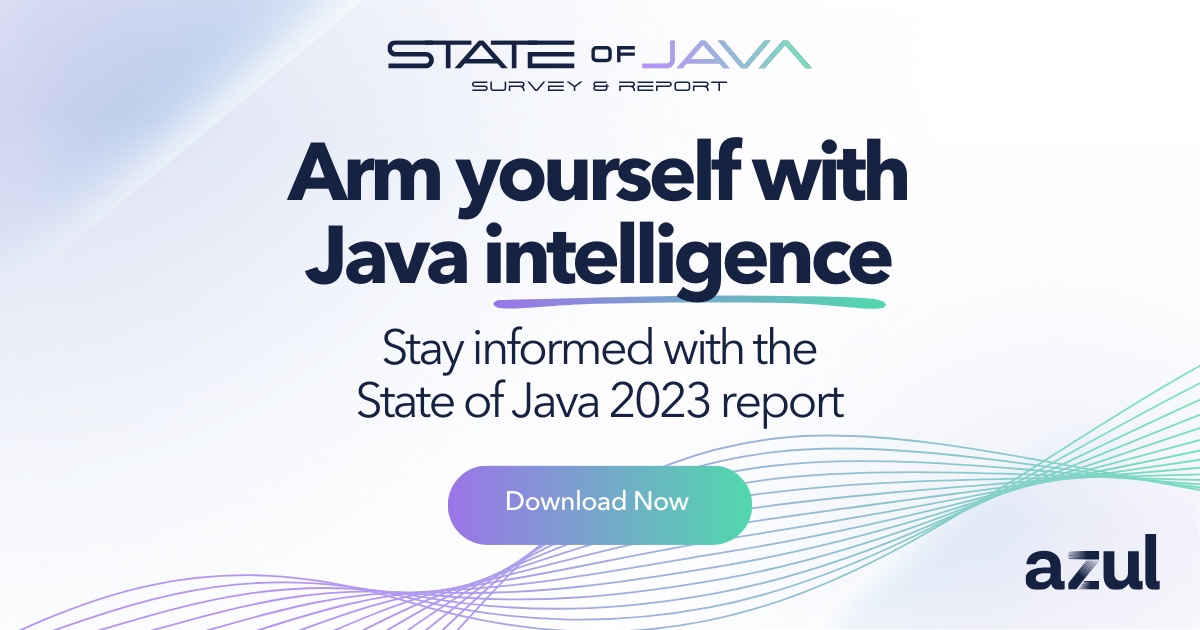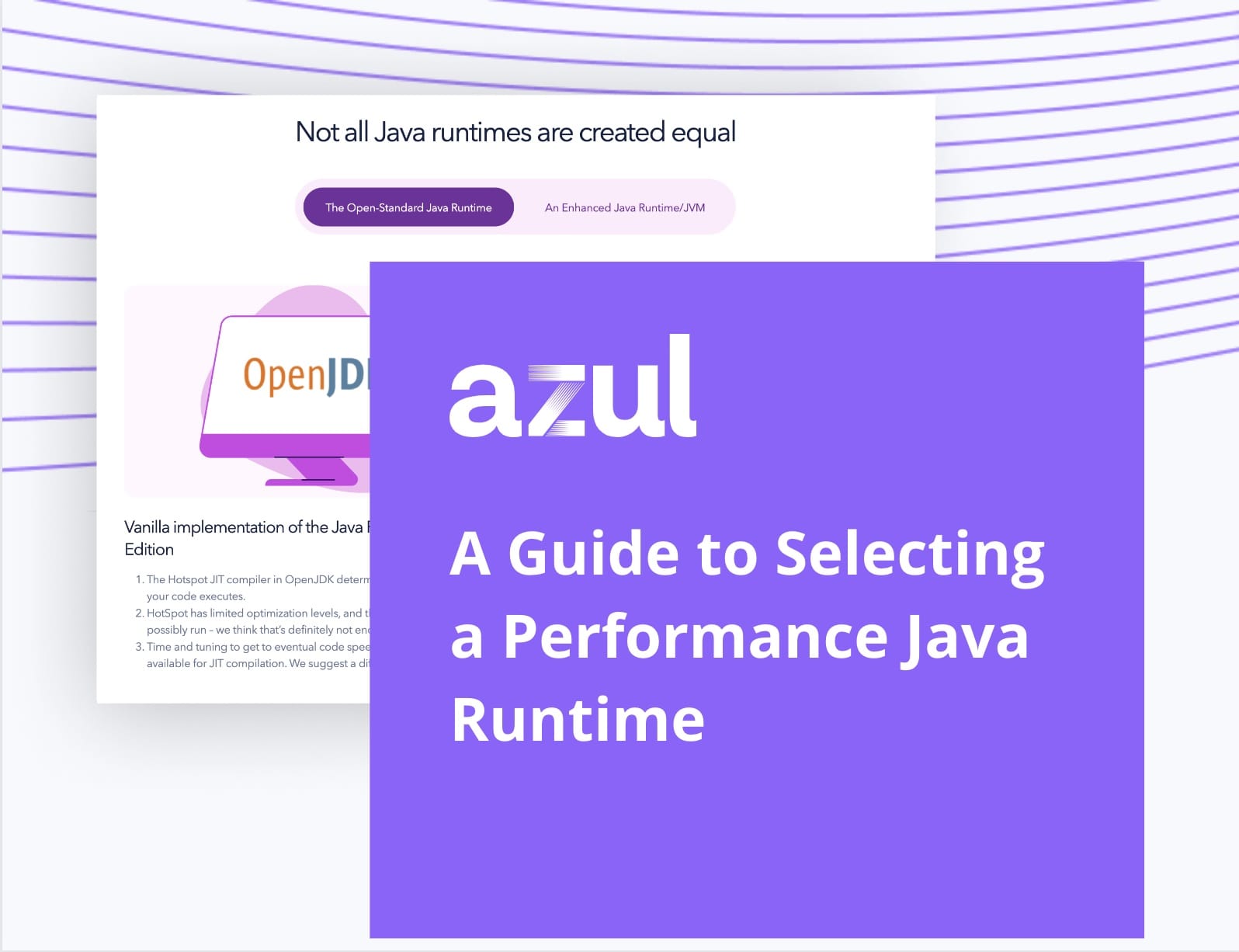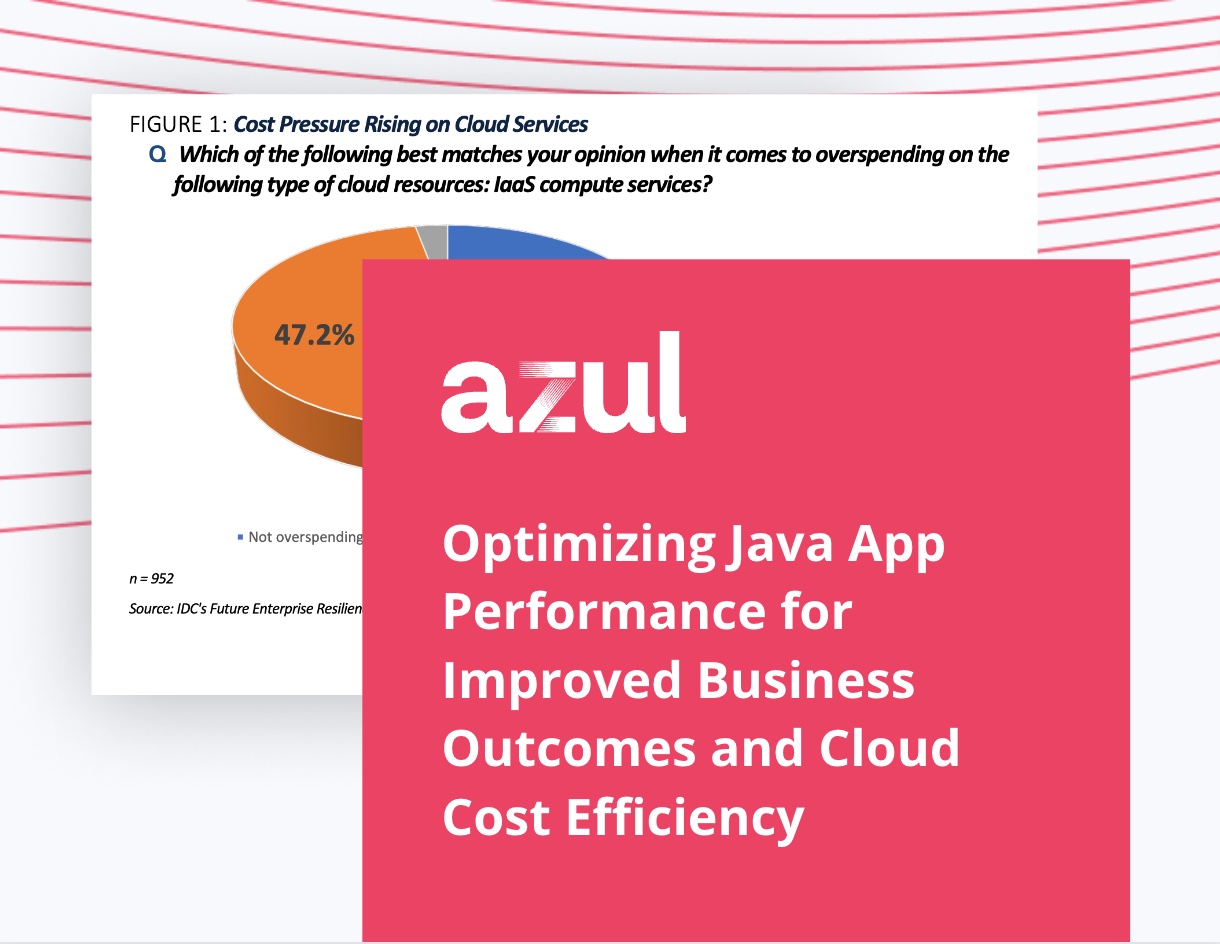What is cloud cost management?
Cloud cost management is the planning that enables an enterprise to understand and manage the costs, needs, and opportunities associated with its cloud technology. In particular, it includes finding cost-effective ways to maximize the efficiency and effectiveness of cloud usage.
Why is cloud cost management important?
Companies often face a paradoxical set of challenges when adopting the cloud. It presents greater opportunities for scalability, agility, flexibility, and productivity, but many companies struggle to realize these benefits because they fail to control cloud costs. Often enterprises jump headfirst into adopting cloud technology, scaling their applications, and employing new resources. When done without a proper strategy, this rapid scaling can lead to runaway cloud costs.
Companies who fail to control costs experience margin pressure, which by some estimates weighs down more than a trillion dollars in global market cap. The false choice between performance and cost optimization when using cloud technology is sometimes called the cloud paradox. While many companies remain stuck here in their cloud adoption journeys, they can leverage the cloud for greater productivity with proper cloud cost management.
In the Azul State of Java Survey and Report 2023, an independently run study of more than 2,000 companies that use Java, 95% of companies in public, private, or hybrid cloud have taken steps to reduce their cloud costs in the last year.
How do enterprises typically approach cloud cost management?
Once enterprises experience runaway cloud costs, they typically approach cost management in one of several ways.
- Cloud Repatriation
- Some enterprises decide to retreat from the cloud entirely, which is known as cloud repatriation. Despite any prior investments, they forgo cloud technology completely. In this case, companies achieve neither cost nor performance optimization.
- Although most companies don’t withdraw from cloud technology entirely, the idea of cloud repatriation is an important lesson for companies, as it highlights the importance of maintaining balance; enterprises adopt cloud technology for various reasons- agility, scalability, and access to infinite resources and intelligence- but the cost of these achievements must be considered and balanced.
- Cost Cutting
- Some enterprises approach cloud cost management by simply locating where in their balance sheets to cut costs. When companies engage in cost cutting, their goal is to provide immediate relief by identifying unused resources, renegotiating contracts, and monitoring cloud real estate. Expenditures that don’t provide utility are cut.
- While this can be an important step, by itself it doesn’t achieve cost optimization.
- Performance Optimization
- Some enterprises correctly understand that when cloud technology runs performantly, achieving cost optimization is a byproduct. When applications optimize performance, they use fewer resources, better allocate workloads, and deliver more efficient outcomes.
- faster code = less compute = smaller cloud bill
- Through this approach, enterprises can achieve both performance and cost optimization, but there is still opportunity for enterprises to increase their growth and profit potential.
- Value Optimization
- The most successful organizations employ the lens of value optimization to best approach cloud cost management. When enterprises reframe their attitudes towards cloud costs and evaluate expenditures through a lens of value attainment, enterprises can locate investment opportunities to grow.
- While cost and performance optimization are important, sometimes enterprises need to spend more in absolute terms to multiply the value of their business and return greater profits.
What are some top considerations for using Java to reduce cloud waste?
- Over-provisioning to address business requirements: This is typically a universal behavior because they need to meet SLAs, but many teams fail to optimize what they move to the cloud. Moving utilization up is very meaningful – and waste is sometimes necessary – but not always.
- Running code at sub-optimal speed: Companies can use 10-year-old CPUs without having to rewrite any code if they use an optimized Java runtime. They can improve carrying capacity at higher utilization levels without sacrificing their SLAs.
- Unpredictable utilization to reduce overprovisioned headroom: Many organizations don’t know when some loads will hit so they set utilization at lower levels to be more predictable and meet SLAs, and that leads to more waste within a typical business day. In other words, workload inconsistency causes the need for more headroom to manage the swings. Optimized Java runtimes deliver less variability and more certainty under loads – and they push more typical workloads a little further.
- Sprawling infrastructure software technologies: Infrastructure for modern Big Data technologies are driving costs higher. Technologies including Kafka, Cassandra, and Solr/Elasticsearch that stream, store, and search data respectively are common Java-based frameworks for distributed, cloud-based systems. An optimized JVM can drive Solr and C* to higher utilization – and that means reclaiming compute nodes.
- Inefficient services in your application and development platform: There’s always a need to improve common services in your development platforms: including monitoring and logging using Kafka or Elasticsearch; evolving the golden images with permitted software for the organization; or optimizing Kafka throughput for connectivity and messaging services that access back-end systems.
- Cost to serve outpacing business growth: Organizations struggle to satisfy business requirements, ensure a good customer experience, AND lower cloud waste. Now companies are showing a renewed focus on keeping engineering resources from eating into margins. A high-performance JVM reduces operational complexity and requires less engineering time, reduced triage time, and fewer operational/support tickets. Engineering resources are free to deliver on revenue-generating services.
- Efficiently using resources that have been paid for: Reserving spot instances is a good start, but EC2 instances and AWS bills are becoming increasingly complicated as companies move to abstracted infrastructure like Kubernetes.
- Our customers run complex, advanced systems – with a true cost that can be rolled up and buried into EC2 bills. The smallest improvements in utilization have a huge impact on costs – especially when organizations need consistency, repeatability, and predictability.
How can enterprises obtain value optimization in their approaches to cloud cost management?
When enterprises optimize new technology solutions to create value, they can use their cloud technology to drive profitable growth and innovation, all while establishing category leadership. In order to do this, enterprises must first employ cost cutting and performance optimization techniques, and then pursue value optimization. Ultimately, their cloud cost strategy should include:
- Creating a culture of cloud cost awareness: Companies need a culture that enables value optimization to occur. Expenditures and internal decisions need to be viewed through the lens of value creation throughout the entire organization. The entire organization needs to be on the same page.
- Evaluating current cloud real estate: This addresses the cost cutting component. Companies should analyze their current cloud expenditures and locate opportunities to reduce unnecessary waste.
- Azul helps with this step by providing companies with a cost-effective alternative to Oracle Java. Azul Platform Core provides all the same benefits of Oracle Java licenses, and more, saving companies up to 70%.
- Adopting performance optimization tools: This step achieves the performance optimization component. Performance optimization tools can help enterprises improve the efficiency of their revenue generating applications by optimizing the resources and workloads themselves.
- Azul helps companies optimize the performance of their revenue generating applications with our high-performance Java runtime. Our product, Azul Platform Prime takes a fundamentally different approach than other products by optimizing the Java code itself; this reduces the amount of infrastructure needed overall, while also delivering better overall performance with greater consistency.
- Investing to grow: Enterprises need to invest in tools and resources that continuously grow and improve their technology stacks. Going beyond performance optimization tools, enterprises can invest in comprehensive cloud cost optimization tools, as well as other technology solutions, to expand the growth potential of their technology systems.
- The Azul Intelligence Cloud hosts a series of cloud cost optimization tools, such as Azul Platform Prime, that allow enterprises to achieve value optimization. Enterprises will experience great margins, profitable growth, and all the other benefits this entails.
Who is responsible for cloud cost management?
According to the State of Java survey, the most common leaders of cloud cost optimization efforts are IT Ops and the CTO, followed by the Cloud Architect and the Cloud Center of Excellence. More traditional financial roles like FinOps and the CFO are relatively low on the list. Still, the entire organization is responsible for assisting in cloud cost management, as value optimization cannot be achieved in a company by just the financial team. For example, engineers hold the keys to the actions that can reduce cloud costs, but organizations must give engineering teams the agency to make an impact.
Developers are responsible for improving the efficiency and performance capabilities of their technology stacks. Alternatively, CFOs are responsible for locating investment opportunities and properly funding these ventures. CEOs must hold the organizations accountable for their attitudes towards cloud spending. These are just a few of the key players in cloud cost management, but these responsibilities expand throughout the organization.
How does Azul help companies with managing cloud costs and achieving value optimized systems?
Azul Platform Prime is the world’s only cloud native JVM and is designed to boost speed and scalability of Java deployments and reduce cloud costs by up to 50%.
With over 20 years of experience as a leader in the Java community, we can comfortably say that we know a thing or two about Java. We can help companies with cloud cost management by working with their teams to develop a cloud cost strategy and then providing the resources necessary to execute this plan. This is why enterprises working with Azul and our products are able to drive profitable growth and experience category leadership.
Azul Platform Prime
A truly superior Java platform that can cut your infrastructure costs in half.



